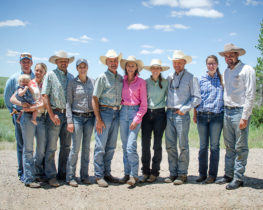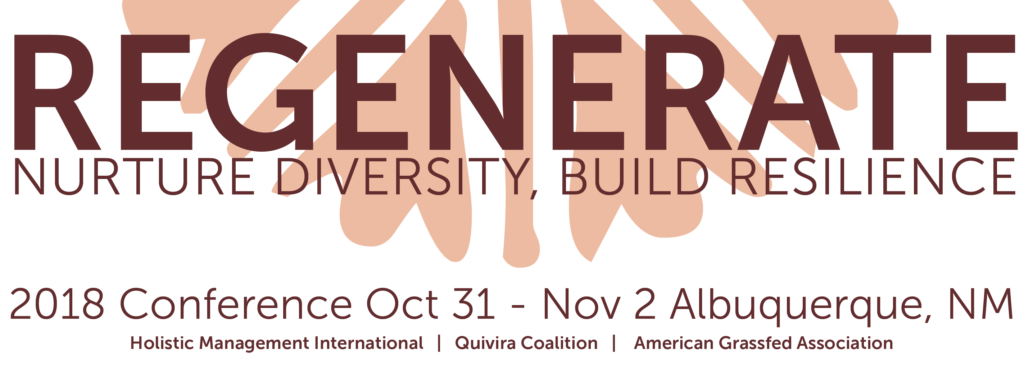
A recent case study about the Johnson family, who own and manage the 25,000-acre Flying Diamond Ranch near Kit Carson, Colorado, shows that good land stewardship pays financial dividends. This case study was written by Kevin Alexander Watt for the TomKat Ranch website. TomKat Ranch is an 1,800 acre grassfed cattle ranch in the San Francisco Bay Area working to inspire the transition of 1 million acres of California rangeland to regenerative management.
The Johnson Family began practicing holistic grazing planning on their ranch after attending a Holistic Management workshop with Allan Savory in the late 1980s. Using that training they increased stock density and increased forage recovery. Using funding from NRCS they were able to reduce their paddocks size from 1,500 acres to 300 acres resulting in improved grazing efficiency and greater recovery of plants that allowed them to increase their stocking capacity by 25%.
They also began spring calving which resulted in less calf mortality. While they has a small loss in revenue (about $20/calf), they made far more profit because they had more calves to sell with the reduced mortality. They also had greater profit because of reduced feed costs with later season calving.
This increased profit has allowed more of the family to participate in the ranching operation and double their land under management with a 25,000-acre lease.
Case Study Highlights30 acres per animal unit is the stocking rate the Johnson’s have achieved with high density/ long recovery grazing and better forage utilization. Before practicing adaptive planned grazing they required 40 acres per animal unit.
~0 calves are expected to be lost each year to predation and inclement weather since switching their calving season to the spring. Surprise late-season storms may still cause some mortality, but calf loss from predation or weather is almost nonexistent on the ranch The Johnsons no longer allow coyotes to be shot on their land.
1,200 cow/calf pairs and 800 yearlings now make up the Johnson’s herd. They have grown their business nearly 50% each year for the past 3 years.
$25/hour is the minimum rate the cattle business pays to the members of the family that own/operate it. This can go as high as $100/hour during particularly successful years and usually averages around $50/hour.
Click here to read the full case study.
Watch the video of why the Johnsons won the 2017 NCBA Region V Environmental Stewardship Award.

